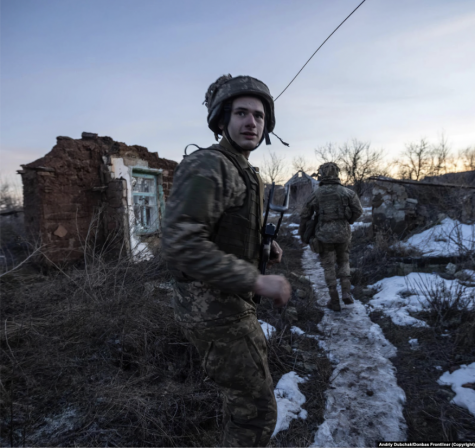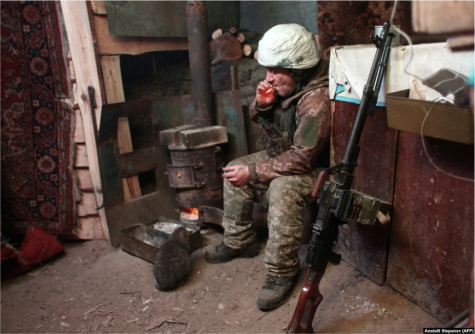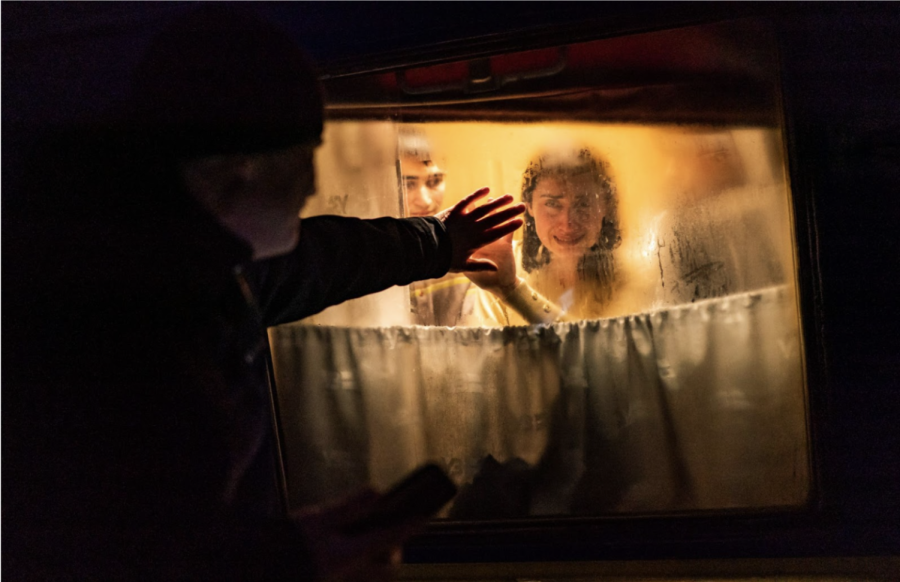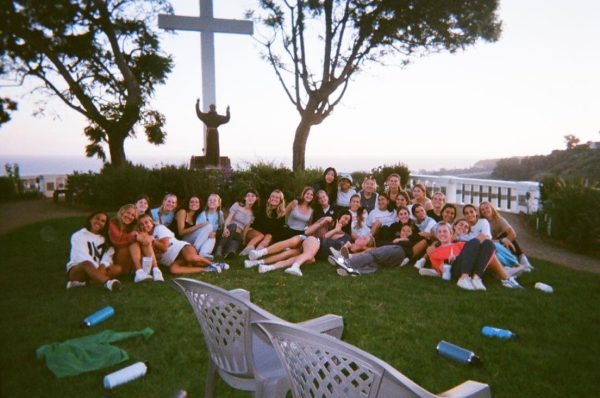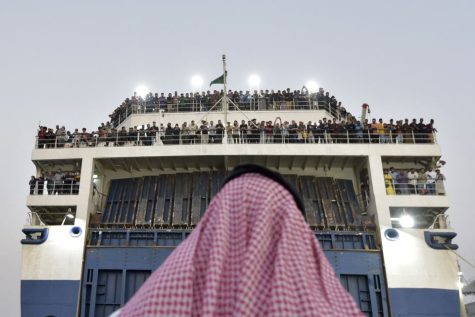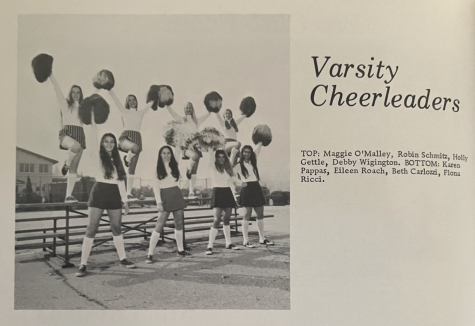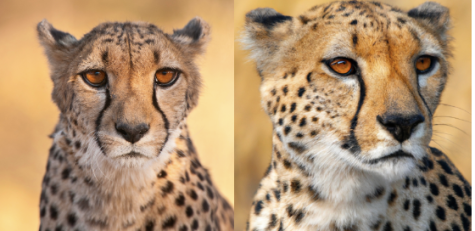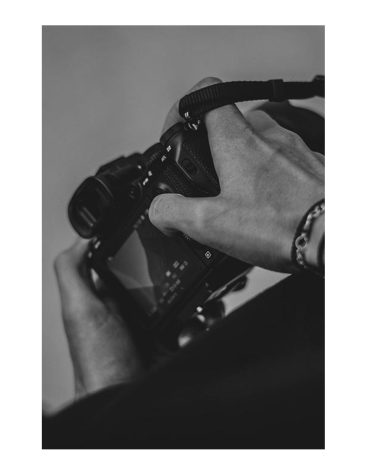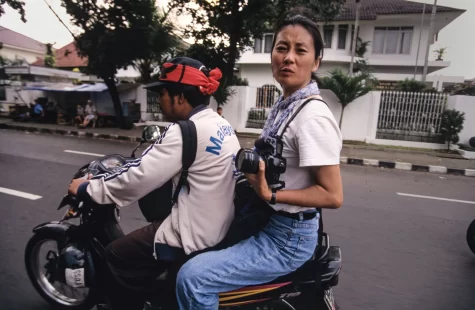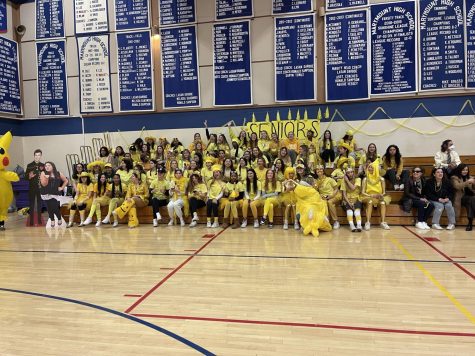Photojournalism’s Significance in the Face of Russian-Ukrainian Conflict
George Keburia, a father and husband, says a last goodbye to his family as they board a train to Odessa, Saturday, March 5, 2022, Salwan Georges/The Washington Post via Getty Images.
May 17, 2022
A picture is worth a thousand words, but a thousand words could never make up a picture. Photojournalism, the process of depicting a story through photographs or images, has long been a form of communication. It differs from other forms of photography, such as still life or documentation, with many photojournalists traveling the world to capture people and their cultures. Photojournalistic works are not staged and are often forms of candid photography, as it captures the reality of certain moments. Becoming popular in the late 19th century, photojournalism began as a way to document battle conditions at war sites. In particular, photographer Mathew Brady captured many gruesome, yet provocative images of the American Civil War. His work, along with many other photojournalists, educated thousands, if not millions, of people about the social injustices at war zones. Brady’s graphic photographers showed the “behind the scenes” truth of trenches, soldier life and the aftermath of war. Much like Brady’s experience with the reality of America’s Civil War, Ukrainians are experiencing similar situations in their hometown. Recently, Russia declared a full-scale invasion in Ukraine after President Vladimir Putin authorized a “special military operation.” Western sanctions on Russia had failed, and roughly 150,000 to 200,000 soldiers were deployed along the borders of Ukraine. The immediate warfare and sudden military action has devastated the Ukrainian people and the condition of their country. For the photojournalists traveling to Ukraine, the conditions are no better either. Safety hazards such as missiles, shrapnel and explosions are a constant threat to the safety of some photographers. In other cases, frightened and anxious Ukrainians are harassing or assaulting photojournalists. And yet these dedicated photographers continue to show the importance of photojournalism: documenting the truth. But, what makes an image so compelling it goes beyond words or descriptions? Is it the anguished cry of a mother who lost her child, silenced by the camera lens or is it the harsh reality that is only beginning to be brought to light? Chloe Coleman, an experienced photojournalist is going above and beyond to document the cruel reality Ukrainians are forced to experience. She states that photojournalists are there to “publish the harsh truths of this, or any war. The public needs to be aware that people, civilians and military, are dying…” (Coleman). Two of Ukraine’s most experienced photojournalists are also providing visual insights on what life in the front lines is like. They captured the day-to-day affairs of these brave soldiers and the pictures clearly speak for themselves. Overall, the continued effort of photojournalism has made it possible for outsiders and people alike to grasp the reality of the Russian-Ukrainian conflict, whether it is through images of war zones or soldier life.
